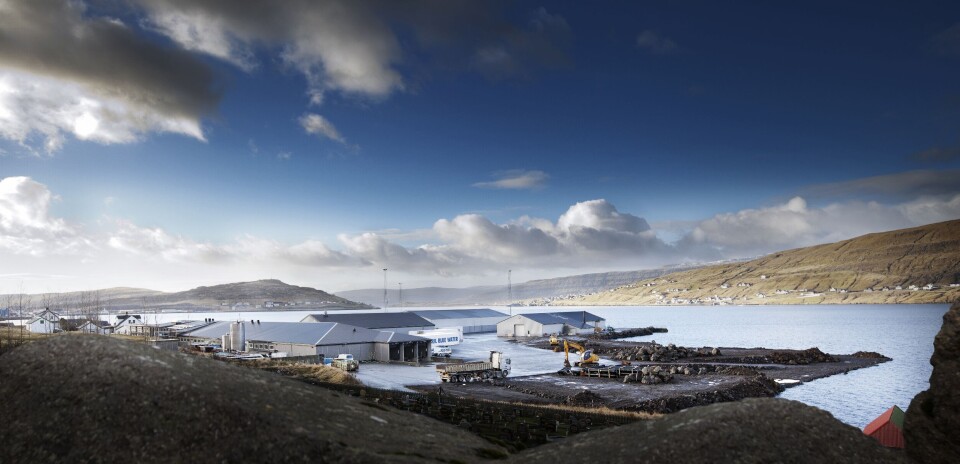
Strong forecast for Faroese firm
The Bakkafrost Group achieved an impressive EBIT per kilo of NOK 19.67 (£1.63) in the final quarter of 2015, from a harvested volume of 13,675 tonnes gutted weight, rounding off a profitable year and reinforcing predictions of a good few years ahead.
Commenting on the result, CEO Regin Jacobsen said: “2015 was an eventful year for Bakkafrost. In the summer, the live fish carrier “M/S Hans á Bakka” was delivered to Bakkafrost, which we consider a milestone for the salmon farming industry in the Faroes. The activity was high, both regarding operation and investments, and all in all the result was good. Large harvested volumes of salmon, the good sourcing situation of raw material in the FOF segment and the good result in the VAP segment was the reason for the record high operational EBIT of DKK 1,001 million for 2015.”
Nordea’s Kolbjørn Giskeødegård recommends buying shares in the company, not least due to their increasingly diverse market.
“Looking into the market distribution, we see a significant reduction in their dependency on the Russian market (31% vs 58% in 2014) for their non-contracted fish. This is highly positive considering a future normalization of trade with Russia,” he says.
He adds that 2018 will be a key year for the company, saying: “We suspect they have taken out a larger portion of smaller sized fish in the period October to January quarter as they are now guiding down 2016 harvesting volumes somewhat. The important future outlook is, however, not 2016, rather 2018, when they will have full operational effect of their new smolt strategy, increasing turnover and capacity up to 30% by a 100% use of large sized smolt.”
Farming outlook
Bakkafrost’s new wellboat has freshwater treatment equipment installed for sea lice treatments and the company expects to harvest 48,000 tonnes gutted weight in 2016, down from 50,565 tonnes in 2015.
Value added products (VAP)
Bakkafrost’s long-term strategy is to sell around 40-50% of the harvested volumes of salmon as value added products on fixed price contracts. The contracts last for 6 to 12 months. The company has signed contracts covering around 60% of the VAP capacity for 2016. This corresponds to around 25% of the expected harvested volumes for 2016.
Fishmeal, -oil and feed (FOF)
The quotas for catching blue whiting in the North Atlantic are expected to be reduced and therefore, the production of fishmeal and fish oil is most likely to reduce in volume in 2016 from relatively high volumes in 2015. Havsbrún’s feed sales in 2016 are expected to be 80,000 tonnes.
Investments
The total investments for the period 2014-2017 were announced to be DKK 1,370 million including maintenance CAPEX. Whereof the future investment plan for the next two years is DKK 570 million.
The investment of the new harvest/-VAP factory will be finalised in 2016. The harvest operation is expected to start in Q2 2016, while the VAP operation will start in H2 2016. There will be some extra costs during the start-up period, but the investment is expected to result in operational savings of DKK 70-90 million per year with gradual effect from 2017.
Bakkafrost plans to be self-sufficient in smolts of 200-300g before the end of 2017 in order to shorten production time at sea as well as reduce biological risk. The group is therefore quadrupling the capacity of its hatchery in Viðareiði, which should be finalised in Q2 2016, while an investment in a new hatchery site is expected to start in 1H 2016.






















































